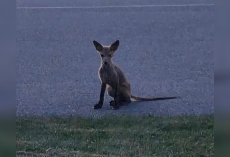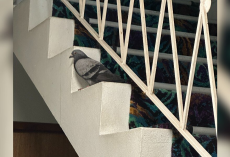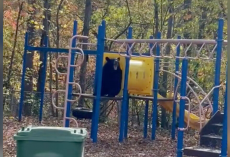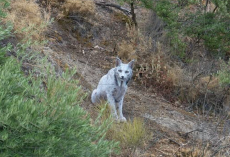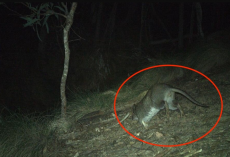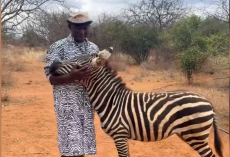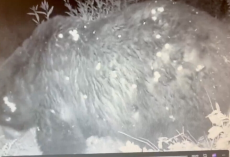While trekking through Botswana’s vast Central Kalahari Game Reserve, conservationist and wildlife photographer Dr. Jess Isden thought she’d seen it all — until she came across a gemsbok who looked like he’d walked straight out of a fantasy novel.
Male gemsbok, a striking species of oryx, often wander through the dry grasslands with a bit of debris caught on their long, elegant horns. Sometimes it’s grass. Sometimes spider silk. But the one Dr. Isden saw that day was something else entirely.
“We saw several gemsbok with webs in their horns,” she wrote on Instagram, “but none quite as thick and dense as this!”
Across the animal’s sweeping horns stretched a layer of intricate spider webs, so thick it looked almost like a veil. Peering closer, Dr. Isden and her team could see tiny spiders living inside the silky structure — setting up home on one of the most unlikely hosts in the desert.
The conservationists assumed it wouldn’t last long. Surely the gemsbok would rub his horns against a bush and clear the webs off.
But when they returned days later, they found him again — the web still perfectly intact.
“[W]e saw them over several days with the web still intact,” Dr. Isden wrote.
You can see the webbed gemsbok here:

Fascinated, she snapped photos and shared them online with a community of spider enthusiasts.
Many suggested the gemsbok had probably just walked through a massive web by accident, collecting the silken material on his horns as he passed.
But others — including Dr. Isden herself — weren’t so sure.
“I definitely believe that the gemsbok tolerated the web,” she wrote. “He could have easily rubbed it off over the course of several days.”
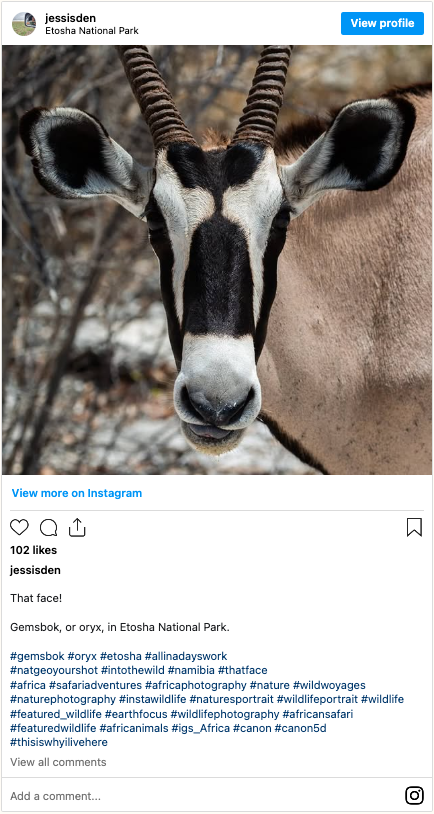
Whether it was by accident or choice, one thing was certain: both the gemsbok and his eight-legged passengers seemed content with their unusual partnership.
“Maybe the spiders are eating things that were bothering [him]?” one commenter speculated.
It’s a charming idea — a kind of desert symbiosis where both species benefit. The gemsbok gets a team of pest control experts perched on his head, and the spiders enjoy a free, mobile home with a steady buffet of insects.
“And the spider seemed quite happy, too,” Dr. Isden noted.
In the endless wilds of the Kalahari, it’s these quiet, unexpected partnerships that remind us how adaptable — and interconnected — life on Earth truly is.
To see more of Dr. Isden’s stunning wildlife photography, follow her adventures on Instagram.



